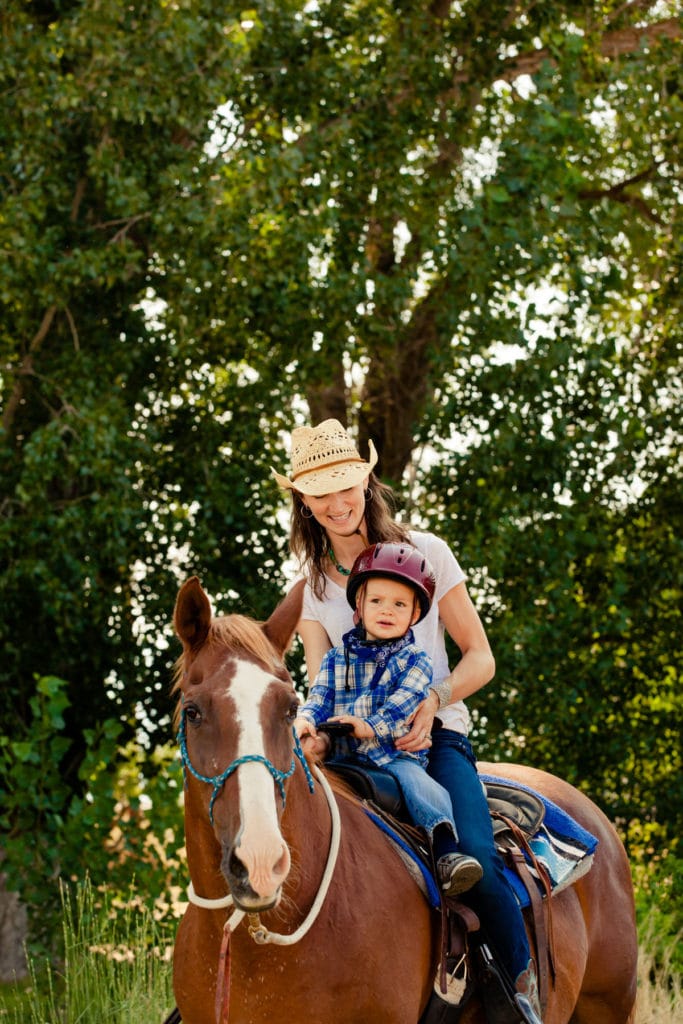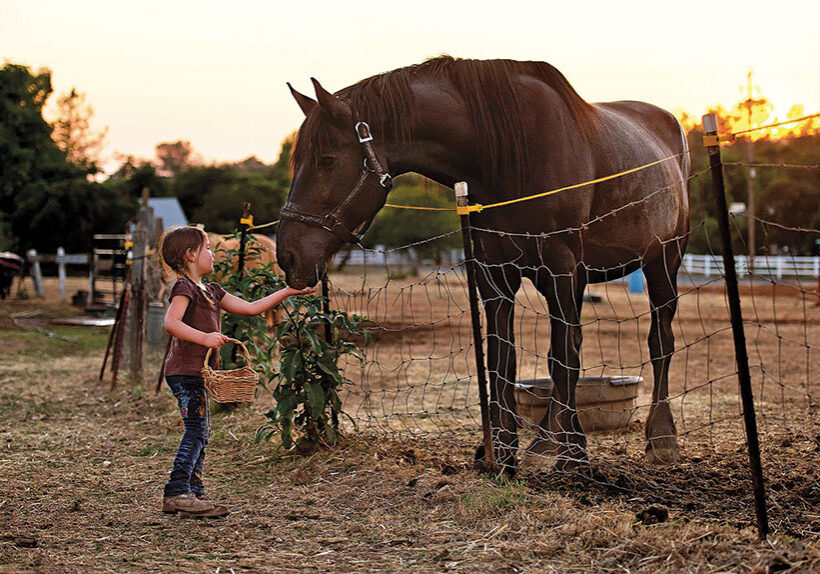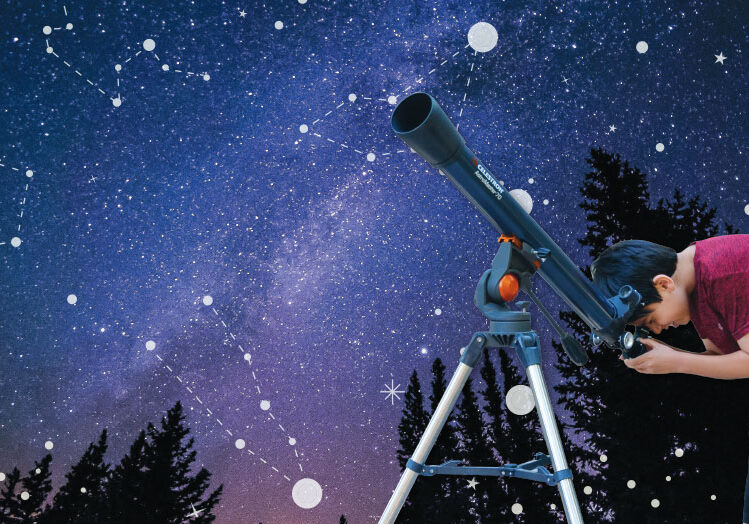In the 21st century, with game consoles and smartphones, are girls still horse-crazy? Do boys still daydream about becoming cowboys?
We enjoy our wide-open spaces in Northern California, and our families spend quality time out of doors. Hiking and rock-climbing, boating and swimming, snow skiing and snowshoeing, cycling and mountain biking are all activities tailored to fit each member of the family. And, if you’re looking for more variety, add horseback riding to that list.
Humans domesticated horses more than 5,000 years ago
Humans have had a relationship with horses almost as long as we have been kept company by dogs. Paleolithic cave art depicts horses, although it’s believed that these are wild horses hunted as a meat source. There is evidence that humans domesticated horses on the Eurasian Steppes more than 5,000 years ago, using them for labor, transportation and even milk. Mare’s milk is a niche product that is somewhat popular in Europe today; and kumis, fermented mare’s milk, is an important food in the Central Asian steppes.
Gentle creatures that enjoy humans
Gentle creatures that enjoy human companionship and enjoy working, many saddle horses will pine in pastures and stalls if not ridden regularly. They are quick to learn and can be trained to a high level of competency. Horses recognize their human friends and make friendships with other horses and barn critters. Today, there are two million horse owners in the United States, and 700,000 horses call California home. Horses also come in a dazzling array of sizes and shapes and colors, with more than 350 breeds of horses and ponies throughout the world.
Your children can learn to ride
Horseback riding is not just a pastime for the wealthy or a practical aspect of ranching. Like many other sports and outdoor activities, horseback riding requires education, awareness of dangers and a commitment to safety. With this in mind, your children can learn to ride, and your family might even become horse owners.
Introduce horses to your family through trail rides and other activities
Although being “horse-crazy” is a phase for some children, predominantly girls, the reality is that working with horses can be dangerous and expensive. A 1,000-pound animal, no matter how gentle its nature, is quite a more intense and costly experience than collecting Breyer horse models, reading The Black Stallion novels and memorizing every scene of “Seabiscuit.” Because of this, a slow introduction to the saddle is a good idea.
Group trail rides, pack mule adventures and renting horses on the beach can be part of your family’s outdoor activities with some planning ahead. These experiences don’t usually require that you have riding skills and can be an excellent way to introduce horses to your family. Do your homework to ensure that the horses are well trained, and the trainers experienced.
Horseback riding lessons are different than a day outing. They are a commitment of both time and money, just like many of our children’s other extracurricular activities. For horse-crazy girls and daydreaming cowboys, a committment to taking lessons can be one of the most exciting and memorable decisions of their life.
Horsemanship teaches unique skills
Learning to care for and ride horses teaches patience, compassion and awareness; and enhances listening skills and physical skills such as balance. It also offers the young enthusiast the opportunity to do her research and educate herself about horse care, feeding, grooming, anatomy and history. Becoming a skilled horseman or horsewoman may also have your child reaping the unique rewards that are part of competitive events.
Horse ownership is a deeply rewarding responsibility
Owning a horse is a serious responsibility but is deeply rewarding. Horses can be stabled and even shared by more than one owner. If you live rurally, it’s possible to keep a horse on your property. A horse is a substantial investment, as an initial purchase and long-term upkeep, care, feeding and housing. But the joy of owning a horse may be in your family’s future if your child pursues this path in the same way that pianos, boats and mountain bikes are part of other families’ lifestyles.
Local 4-H clubs are great places to learn more about horse ownership and get started. Riding instructors can also offer valuable guidance and advice if you decide to take this step.
“Horse-crazy” girls
Being horse-crazy is a collective experience for many girls and young women and there are many ways to nurture this experience without actually riding or owning a horse. Books, movies, friends and online forums all are good introductions for younger girls or perhaps more timid girls who need time to grow and mature.
And, if you are a mother who was once a horse-crazy girl, consider calling your local stable to book a lesson. You might find yourself among the many other mothers down at the barn, returning to the love of all things horsey through your children.
Posted in: Animals, Out & About
Comment Policy: All viewpoints are welcome, but comments should remain relevant. Personal attacks, profanity, and aggressive behavior are not allowed. No spam, advertising, or promoting of products/services. Please, only use your real name and limit the amount of links submitted in your comment.
You Might Also Like...
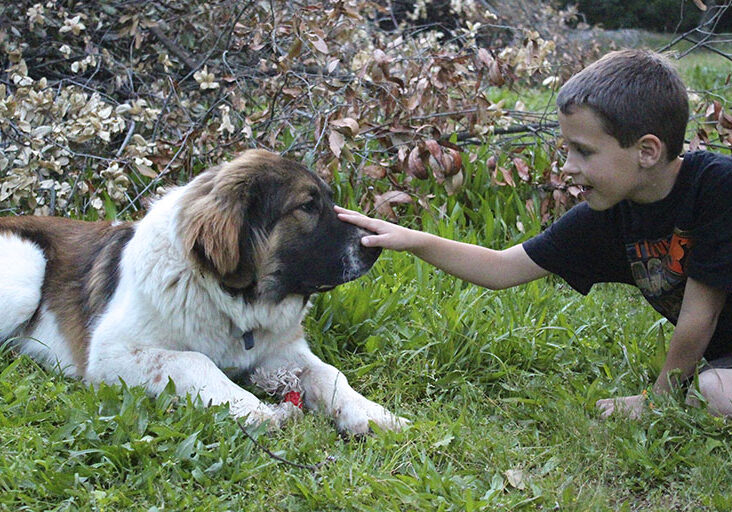
From Crippling Threat to Family Pet: Helping Kids Overcome Their Fear of Dogs
Your child begins shrieking and clutches tightly at your leg, trying desperately to climb up your body. As you pick him up, you look around for clues to his behavior. […]
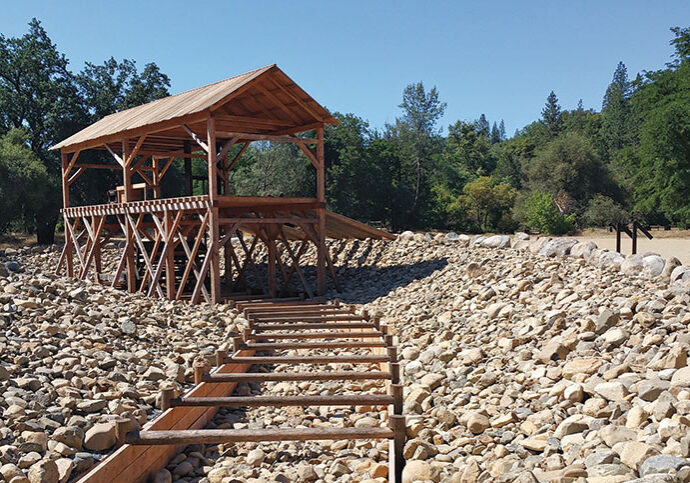
Our Golden State Offers Seven Historical Places to Visit in Northern California
From the first steps of their firstborn, Bobby and Brandi Fano knew they wanted to raise their children with a spirit of adventure. “We wanted them to be exposed to […]
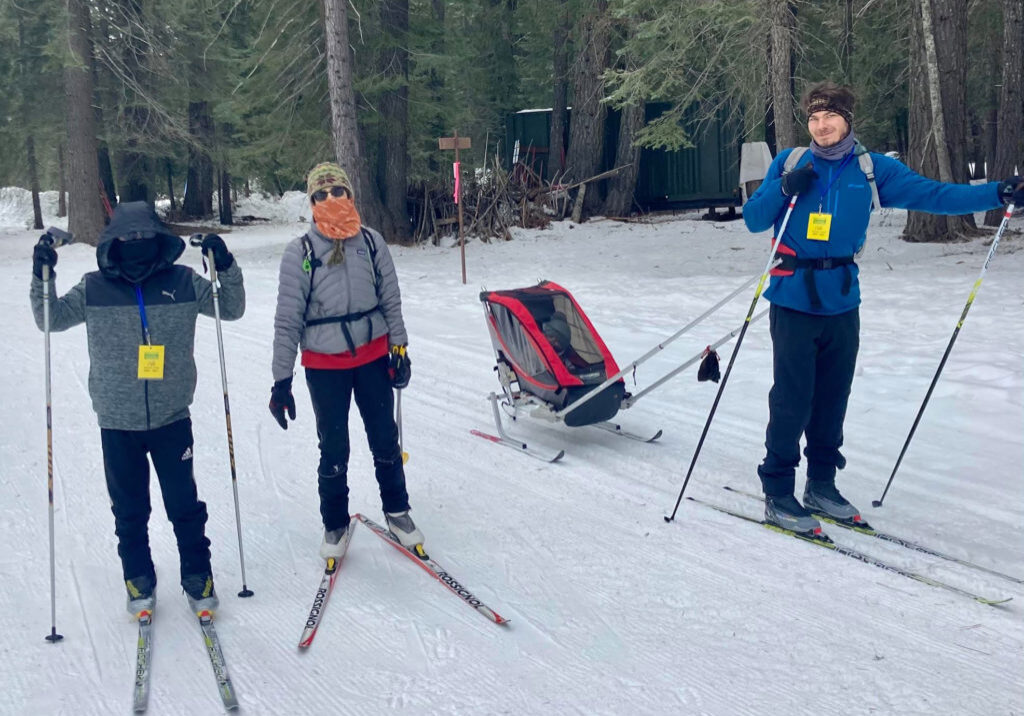
Mt Shasta Nordic Center Inspires An Active Winter Lifestyle
Mt. Shasta Nordic Center offers the only groomed cross country ski trails between Bend, OR and Truckee, CA. — a wonderful outdoor space with programs for a diverse population on […]
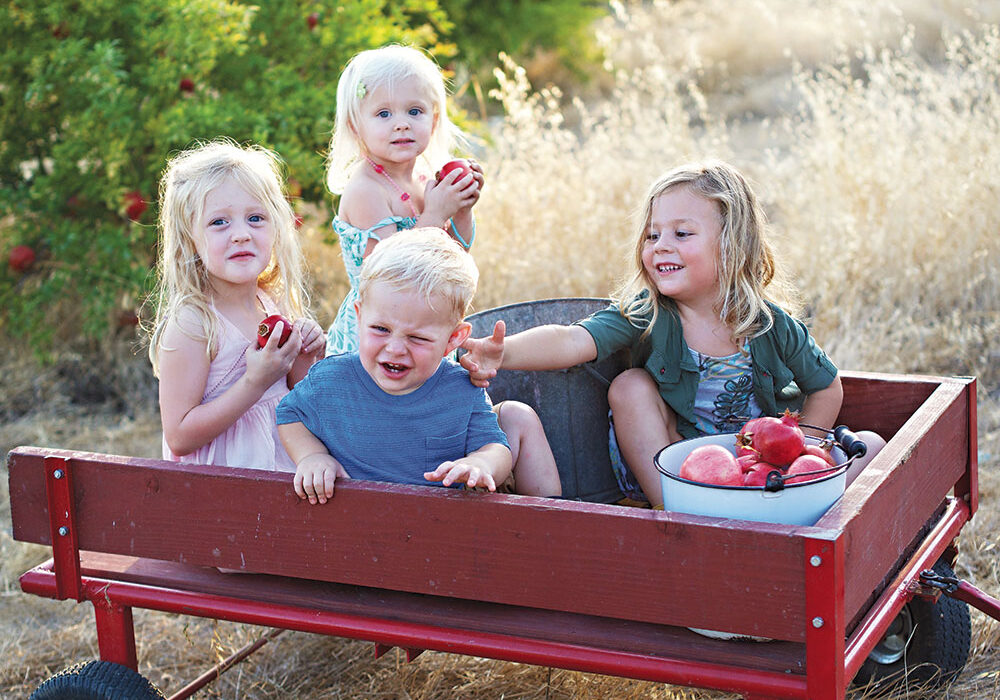
This Season’s Harvest Happenings
Bright orange pumpkins as far as you can see!—the earthy smell, the rustling vines—choosing one’s own best pumpkin from a pumpkin patch is a rich experience for a child. For […]


